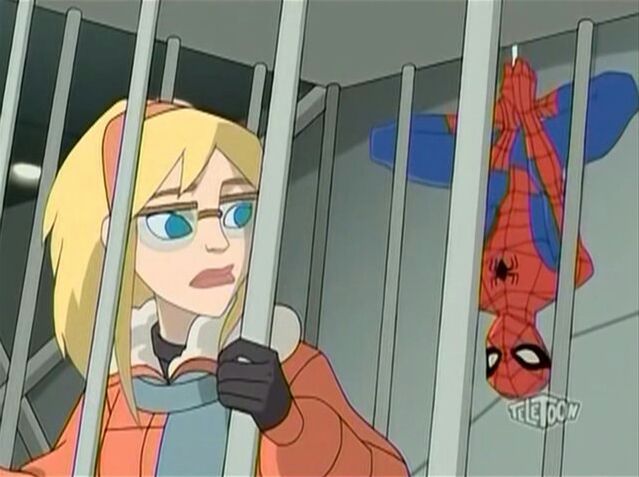


Also, Harry Osborn, Parker's best friend and Norman's son, became addicted to drugs and was sequestered in the Osborn home for detoxification.

Prior to this arc, Norman Osborn had been the Green Goblin, but due to amnesia, he had suspended his identity as the supervillain and forgotten that Spider-Man is Peter Parker. The arc's popularity has led it to be alluded to in various alternate media, most notably partial direct adaptations in the feature films Spider-Man (2002) and The Amazing Spider-Man 2 (2014). Gwen's death and the story at large had major impact on the Marvel brand, as they directly led to increased emphasis on Luke Cage and Mary Jane Watson, the creation of the Punisher, and Green Goblin's status as Spider-Man's archenemy in alternate media and, following his resurrection during the Clone Saga, the comics. As a result, "The Night Gwen Stacy Died" is widely regarded as the most pivotal Spider-Man story outside of his origin and one of the most important comics of all time its release is widely said to have ended the Silver Age of Comic Books and jumpstarted the Bronze Age, which further increased the emphasis on more mature subject matter pioneered by the Silver Age. Prior to the release of the story arc, it was not considered common for major members of a superhero's supporting cast to be killed. Gwen is killed during the battle, and a subsequent fight results in the Goblin's death. Having discovered Spider-Man's identity, the Green Goblin abducts Spider-Man's girlfriend Gwen Stacy. The story features a confrontation between Spider-Man and the Green Goblin. The two-issue story was written by Gerry Conway, with pencil art by Gil Kane and inking by John Romita Sr. " The Night Gwen Stacy Died", alternatively known as " The Green Goblin's Last Stand", is a story arc of the Marvel Comics comic book series The Amazing Spider-Man #121–122 (June-July 1973).


 0 kommentar(er)
0 kommentar(er)
